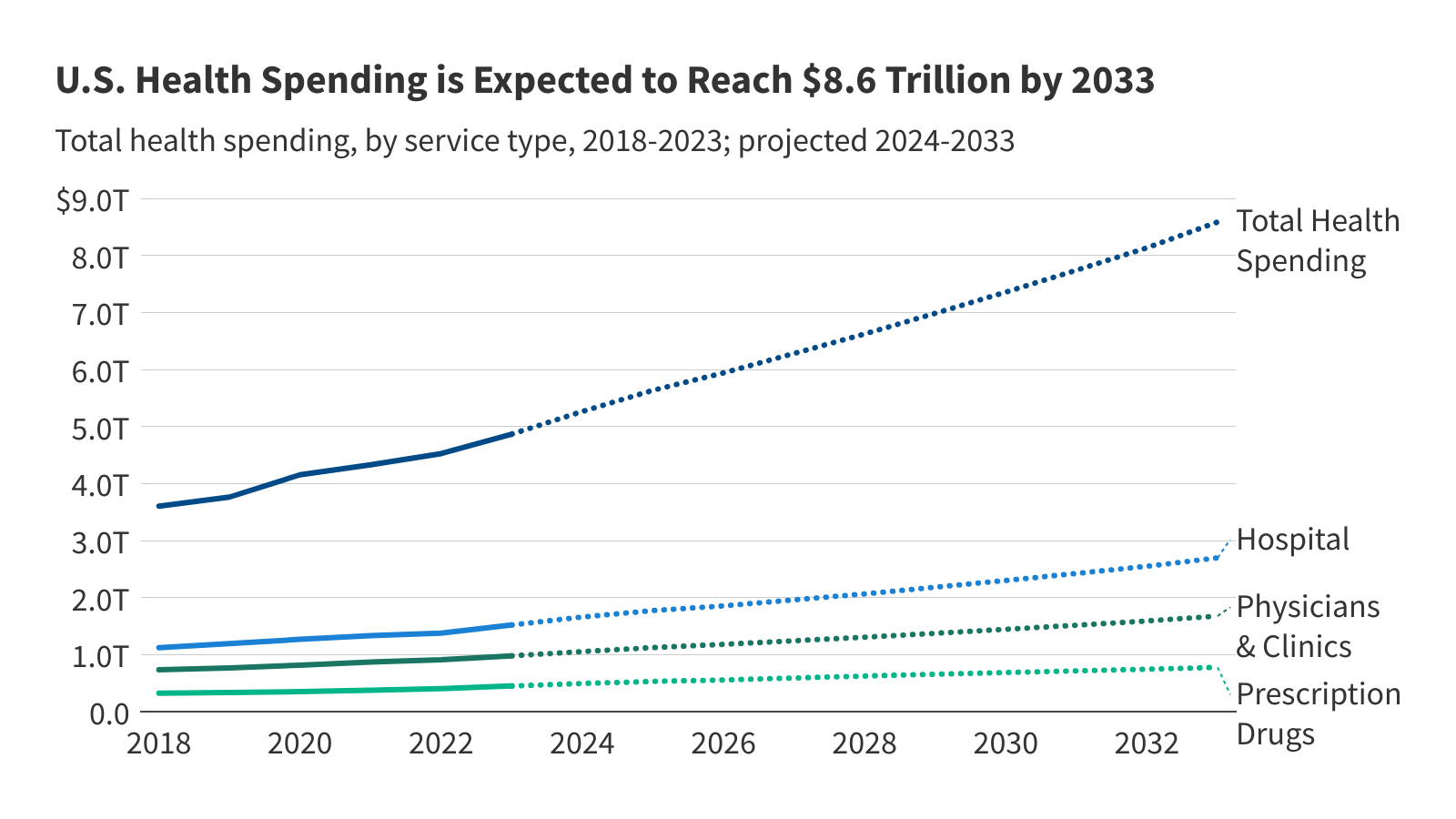Snapshots: Compensation for Workers with and without Access to Health Benefits at Work
A newer version of this Snapshot is available here. Compensation for Workers with and without Access to Health Benefits at Work October 2008 This paper compares the payroll and benefit compensation of workers that had access to employer-sponsored health benefits at work to that of workers who did not have an insurance offer.












